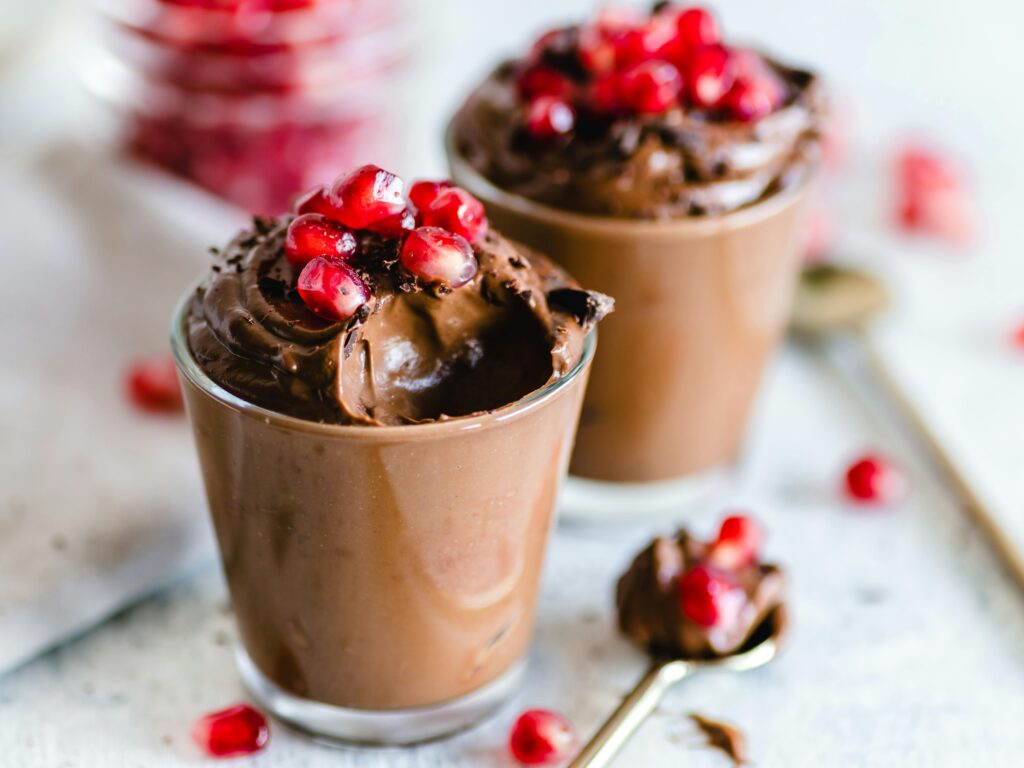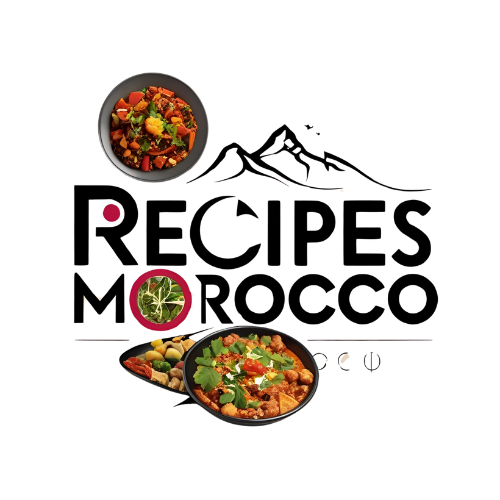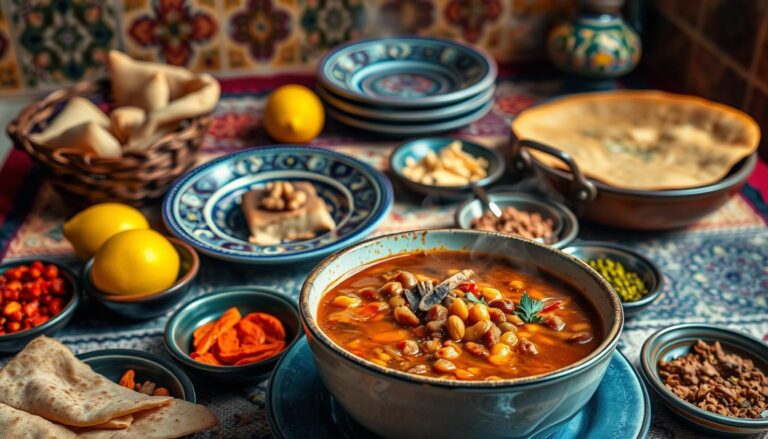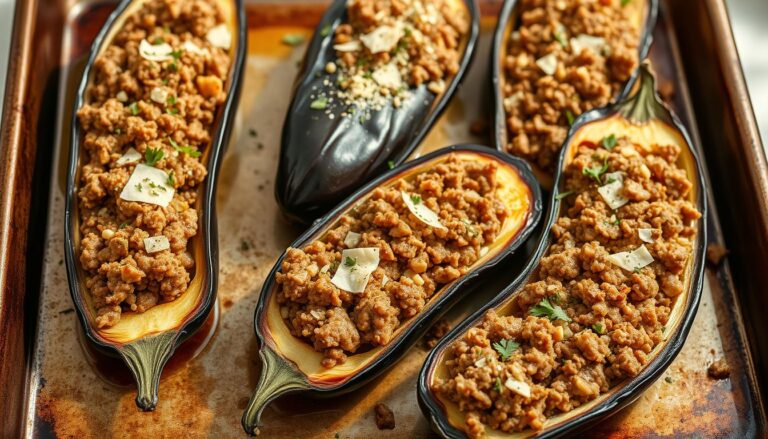Moroccan Sweets: Delightful Delights for Your Senses

Moroccan cuisine is renowned for both its savory dishes and its magnificent desserts, which evoke the country’s rich cultural legacy and fascinate the senses. Moroccan desserts, which frequently include ingredients like almonds, honey, dates, and a variety of spices, are a delightful fusion of flavors, textures, and fragrances. The country’s varied influences, including Berber, Arab, and Andalusian customs, are reflected in Moroccan desserts, which range from the elaborate pastries that adorn special events to the straightforward but filling treats consumed on a daily basis. A thorough review of these delectable delicacies that are guaranteed to please anyone’s palette will be provided by this article, which will delve into the fascinating world of Moroccan sweets by looking at its historical significance, essential components, popular varieties, preparation techniques, and cultural relevance.
Historical Background
Centuries of trade, cultural exchanges, and regional influences have defined Morocco’s gastronomic growth, which is closely linked to the history of Moroccan desserts. The introduction of sugar and other spices, such saffron and cinnamon, changed how Moroccans made and consumed sweets. Moroccan bakers started creating elaborate desserts and confections during the Middle Ages, which were frequently saved for important events and festivities. The dessert repertoire was further expanded with the introduction of almonds and other nuts by traders and tourists. Moroccan sweets changed to reflect local preferences and customs as Moroccan society did. Moroccan sweets nowadays are a reflection of the country’s dynamic culture, where food is a major component of social events and festivities, as well as its rich culinary heritage.
Essential Components
A small number of essential ingredients form the basis of Moroccan desserts, defining their flavors and textures. The most common ingredient is probably almonds, which are used whole or crushed to give a variety of sweets their rich, nutty flavor. Another crucial component that gives sweets their inherent sweetness and unique scent is honey. Conventional spices like orange blossom water, cinnamon, and anise enhance the flavor profile by adding depth and complexity. Dried fruits, such as apricots, dates, and figs, are also commonly added, adding natural sweetness and boosting the treats’ nutritional content. A variety of creations, from delicate cookies to robust cakes, are made possible by the lovely texture that semolina and flour give to pastries. These components, which come from Morocco’s abundant landscapes, combine to provide the desserts’ signature harmonic flavor balance.
Popular Desserts in Morocco
A vast array of sweets, each with its own distinct flavor profile and cultural importance, are included in Moroccan desserts. Baklava, a flaky pastry packed with nuts and soaked in honey syrup, frequently flavored with citrus and cinnamon, is among the most famous. M’hanncha, sometimes referred to as “snake cake,” is another popular treat. It has a serpent-like spiral of almond paste covered in thin layers of pastry. Gazelle ankles, also known as kaab el ghazal, are exquisite crescent-moon-shaped pastries filled with almonds and scented with orange blossom water. Sellou, a concoction of toasted flour, nuts, and spices, is typically served during festivities, while rghifa is a sweet pancake that is frequently eaten with honey and butter. Each of these sweets exemplifies the innovation and skill required in their production while also reflecting Morocco’s rich culinary traditions.
Methods of Preparation
Making Moroccan pastries is typically a labor of love that calls for patience, talent, and meticulousness. The elaborate layering, folding, and shaping techniques used in many sweets showcase Moroccan bakers’ skill. Baklava, for instance, is made by meticulously brushing layers of thin pastry with melted butter, filling them with a mixture of spices and ground nuts, and then baking them until they are brown and covered in syrup. Similarly, to get the unique shape of m’hanncha, the pastry must be rolled and twisted over the almond filling. Moroccan desserts are artisanal, as seen by the frequent use of traditional instruments like rolling pins and wooden molds. These methods add to the rich flavors and textures that make Moroccan sweets so delicious in addition to producing aesthetically beautiful delicacies.
Regional Differences
Moroccan desserts, which highlight regional ingredients and culinary customs, differ greatly throughout regions. Desserts in coastal regions frequently feature fresh fruits and nuts, which is a reflection of the agricultural abundance of the area. Essaouira, for example, is well-known for using figs and almonds in a variety of confections. Desserts in the alpine areas may include honey and herbs, with a focus on filling, rustic delights that capture the spirit of the local way of life. Harsha, a semolina cake that is frequently seasoned with spices and eaten with tea, is one of the distinctive dishes from the Sahara region. In addition to showcasing the variety of Moroccan desserts, these regional variations show how regional ingredients and customs influence how sweets are made and consumed throughout the nation.
Spices and sweetness
A distinguishing feature of Moroccan desserts is the harmony of sweetness and spices, which results in a nuanced flavor profile that pleases the palette. Many desserts are naturally sweetened with sugar or honey, but adding spices like cardamom, nutmeg, and cinnamon gives the flavor depth and warmth. Each bite is a sensory joy thanks to the aromatic qualities added by the use of orange blossom water and rose water. The Moroccan cooking philosophy, which emphasizes the harmonious coexistence of savory and sweet components, is reflected in this meticulous flavor balance. In addition to showcasing Moroccan bakers’ culinary prowess, the way sweetness and spices interact in sweets captures the cultural significance of food as a unifying force.
Desserts for Festivities
Moroccan desserts are a staple of festive dinners and get-togethers, and they have a specific position in festivities. Families make a variety of sweets to share with friends and neighbors during Islamic festivals like Eid al-Fitr and Eid al-Adha, strengthening ties within the community. A variety of desserts are served at weddings and other important life events, and they are frequently presented in an extravagant manner to wow guests. In keeping with Moroccan cultural norms, sharing sweets on these occasions represents hospitality and charity. Furthermore, a lot of sweets are made with age-old recipes that have been handed down through the centuries, which makes them an essential component of cultural and familial heritage. These festive candies represent happiness, camaraderie, and the sense of community that characterizes Moroccan life; they are more than just treats.
Tea’s Function
Mint tea, which is essential to Moroccan culinary traditions, is frequently served with desserts. A harmonious balance that improves the entire dining experience is created by the cooling properties of mint tea and the sweetness of desserts. It’s common practice to serve tea with sweets so that guests can enjoy the flavors of both. An element of ceremonial is added to the experience by the process of pouring tea, which is distinguished by its aeration and frothy top and encourages interaction and conversation among those present. Dessert time is a treasured opportunity for chatting and bonding since this tea and dessert combo is more than just a matter of taste; it also reflects the Moroccan ideals of warmth and hospitality.
Contemporary Innovations
Dessert chefs are experimenting with contemporary ideas while respecting traditional recipes as Moroccan cuisine becomes more well-known worldwide. Modern chefs are reinventing traditional sweets by fusing flavors and methods from around the world to produce original takes. Fusion desserts, such macarons filled with almond cream or cheesecake flavored with orange blossom, may combine traditional Moroccan ingredients with Western methods. Furthermore, employing locally sourced and organic ingredients is becoming more and more important, which reflects a larger trend in the culinary industry toward sustainability. These current additions not only broaden the variety of Moroccan desserts but also demonstrate how this rich culinary heritage can be tailored to suit modern tastes and inclinations.
In conclusion
Moroccan sweets offer a delicious diversity of flavors, textures, and smells that captivate the senses, making them an enthralling voyage into the country’s culinary past. Each dessert conveys a tale of culture, history, and community, from the historical influences that shaped these treats to the complex preparation methods and regional variances. The significance of sharing desserts during festivities and the careful balancing of sweetness and spices highlight the strong bonds that food creates in Moroccan culture. Moroccan desserts continue to be a beloved part of the country’s identity, allowing everyone to enjoy their richness and joy as they develop and adjust to contemporary tastes. Moroccan desserts are a vital component of the culinary scene since they are sure to inspire and delight, whether they are consumed on special occasions or as a casual treat.



